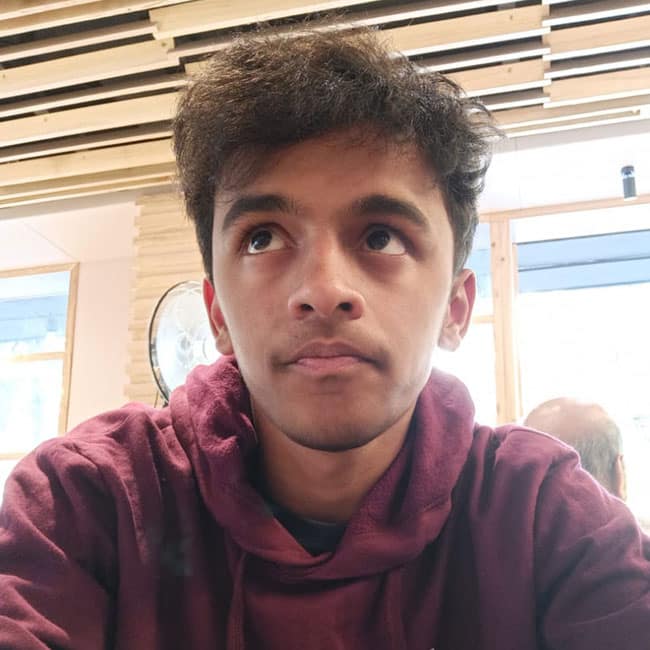The moon has always fascinated humans since the beginning of civilization. Even the non-living elements and the flora and fauna seem to react to it.
This fondness reached a separate level with a 16-year-old boy. Prathamesh Jaju from Pune recently posted a photo of the moon created with 55,000 images comprising data of over 186 gigabytes on Reddit.
Netizens have gone gaga over the astounding picture!

The Amateur Astronomer & Astrophotographer explained how he was able to capture the most detailed and clearest shot of the third quarter Mineral Moon.
“This image is an HDR Composite of two different images made to give it a 3-dimensional effect. I captured around 50,000+ images over 186 GigaBytes of Data which almost killed my laptop with the processing,” he wrote in the picture’s caption which he also posted on his Instagram handle.
He further explains that he captured around 38 panels at 1500 and 3000mm Focal Length with a 1.2-megapixel ZWO ASI120MC-S which made this image almost 50 megapixels huge. (Downscaled for phones)
View this post on Instagram
“I first captured them by capturing multiple videos on different small areas of the Moon. Each video contains around 2000 frames, first, we stabilize them, then we merge and stack each video into one image. So I took around 38 videos. Now we have 38 images. We sharpen each one of them manually and then stitch them together in Photoshop like a big mosaic. Once the mosaic is done, some more adjustments are made and some final touch-ups, and boom!” he added.
Jaju used Celestron 5 Cassegrain OTA (telescope), a ZWO ASI120MC-S super-speed USB camera while taking the photo. He added that he used a SkyWatcher 8” Collapsible Reflector Dobsonian with a Canon EOS 90D (with an APS-C CMOS sensor) for the colors. For the detailed post-processing of the image, Jaju used software like PIPP, Autostakkert, IMPPG, Registax 6, Adobe Photoshop, and Lightroom.
We generally see the moon colored almost ivory white, but according to Jaju, the colors represent the minerals on the moon, which our eyes can’t resolve but DSLR cameras and other specific cameras can.

